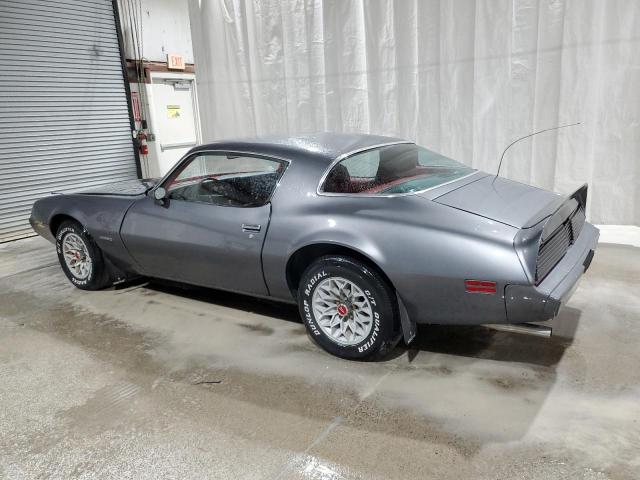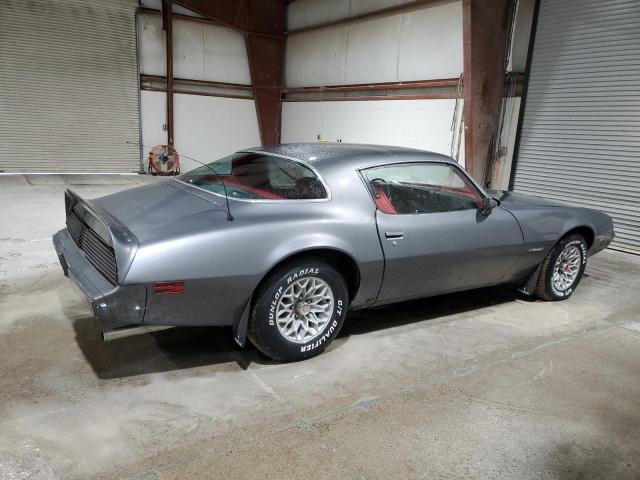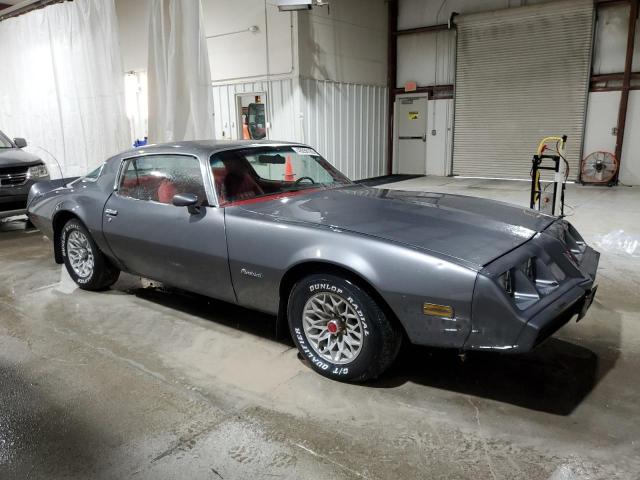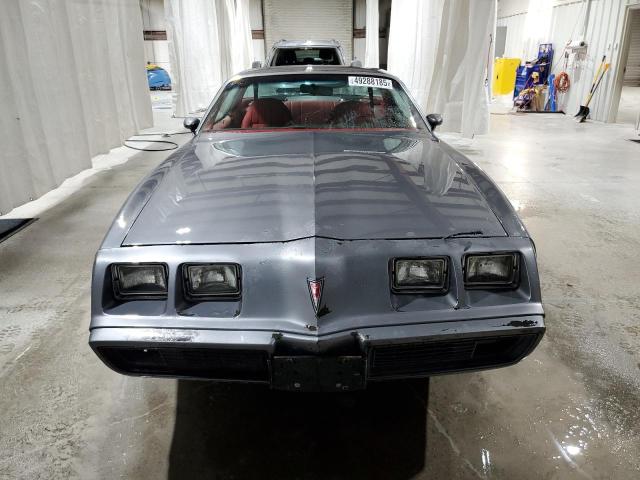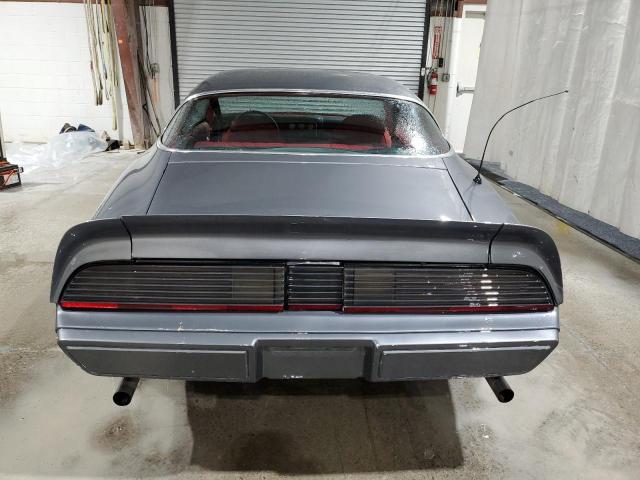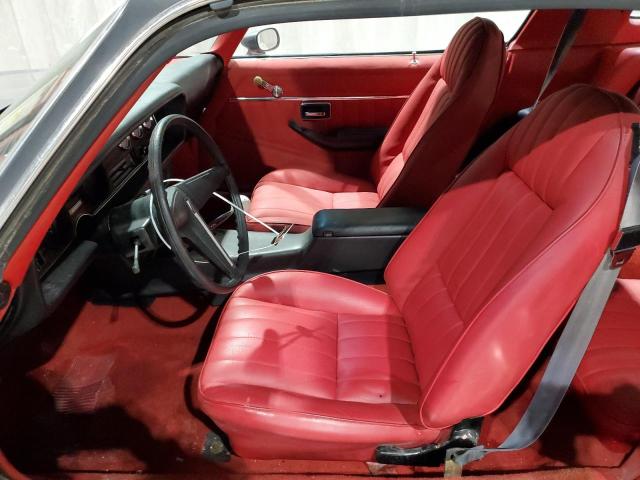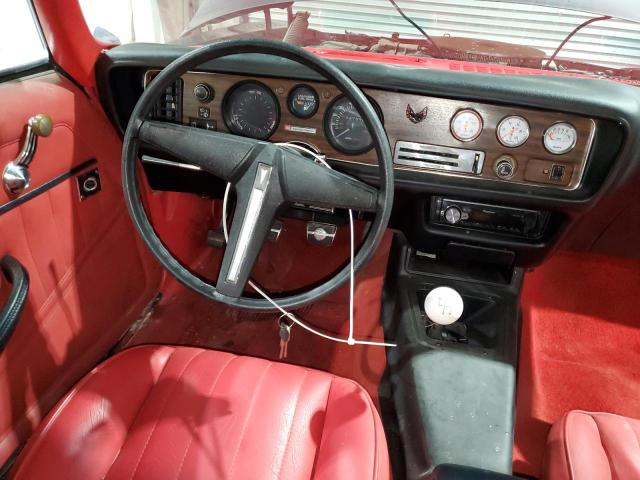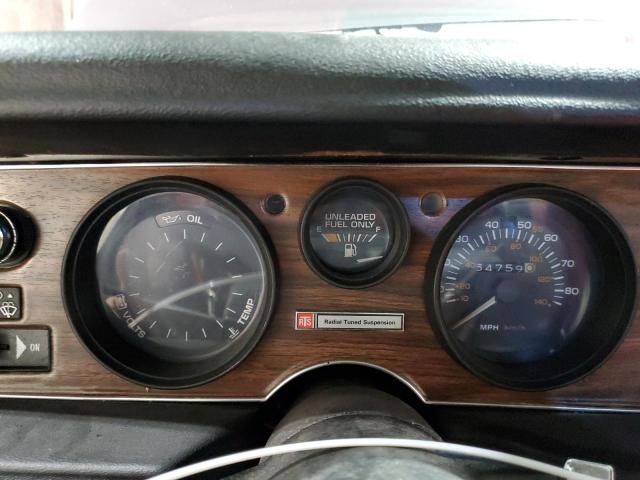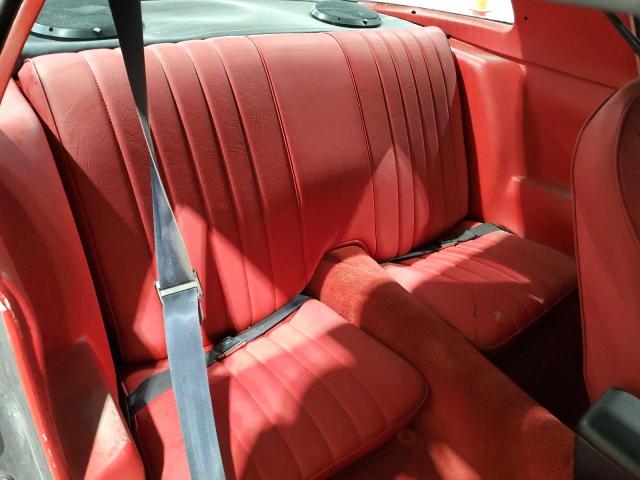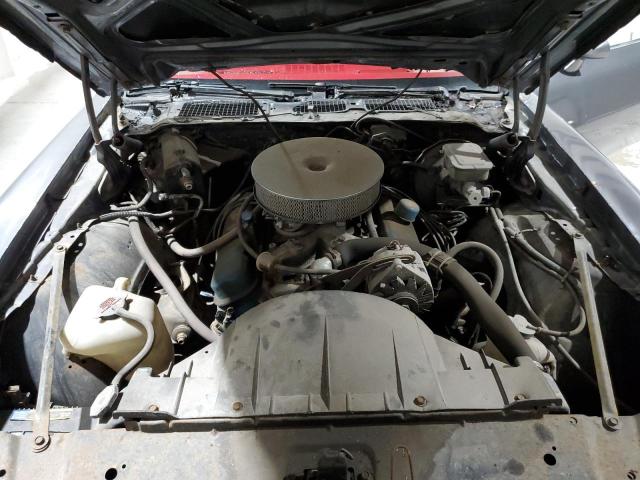1981 PONTIAC FIREBIRD | 1G2AS87A4BN117926
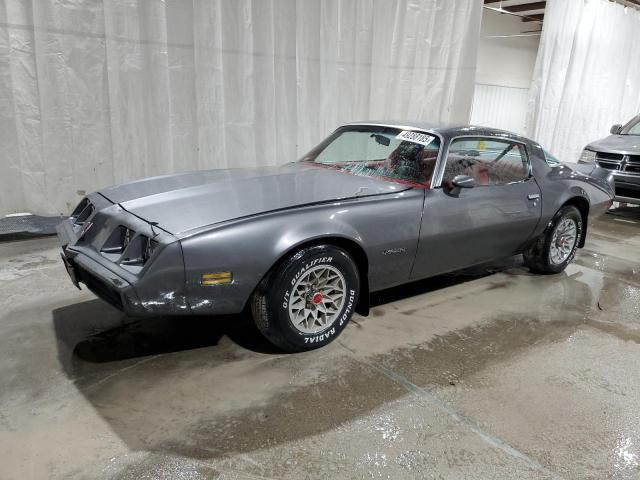 ❯
❯Lot details
- Sale Date31/Mar/2025
- Lot Number49288185
- ACV$54,500
- Sale document
- Location
- Odometer54,759 miles (88,126 km)
- Primary Damage:NORMAL WEAR
Vehicle specifications
5
~$10,000
Engine: 6.6L naturally aspirated V8
Torque: 576 Nm
0–100 km/h: ~6.5 s
The second-generation Pontiac Firebird, particularly in its Trans Am form, was a muscle car icon that defined American performance in the 1970s. The 6.6L (400 ci) V8 in the 1977 Trans Am produced up to 220 horsepower and 576 Nm of torque in W72 High Output spec, propelling the car from 0 to 100 km/h in roughly 6.5 seconds—remarkable for an era plagued by emissions restrictions. Even base V8 versions delivered thunderous torque and traditional rear-wheel-drive thrills.
Beyond straight-line performance, the Firebird benefited from advanced-for-its-time suspension tuning, including independent front suspension and a solid rear axle with refined geometry. Later models with the WS6 handling package introduced upgraded sway bars, tighter steering, and performance tires, making the Trans Am one of the best-handling domestic cars of its era. While it remained heavy and somewhat brutish, it could genuinely corner with confidence.
The Firebird's character was unfiltered: raw, loud, rear-driven, and proud of it. While newer European and Japanese rivals would later raise the bar in refinement, the 1970–1981 Firebird embodied American muscle car spirit with an aggressive stance, potent acceleration, and a soundtrack that stirred the soul. It wasn’t just a car—it was an attitude.
Final Bid Pontiac Firebird (1981)
$14,700
$14,700
$14,700
Body Styles
The second-generation Firebird was a two-door, four-seat fastback coupe with a long hood, short rear deck, and sweeping roofline. Its wedge-shaped profile, wide front end, and prominent "beaked" nose gave it a commanding, unmistakable presence. The Trans Am variants featured functional hood scoops, front air dams, rear spoilers, and the now-legendary "Screaming Chicken" hood decal. Flared wheel arches and deep-set quad headlights contributed to its aggressive appearance, especially after the 1977 facelift that made it sleeker and more modern. Despite its muscle car looks, it offered decent trunk space and a usable rear seat for a coupe.
Model Name Meaning (Manufacturer)
“Firebird” was selected by Pontiac to evoke power, rebirth, and mythological flair, referencing the legendary phoenix that rises from its ashes. Positioned as a sporty companion to the Chevrolet Camaro, the Firebird aimed to appeal to a slightly more upscale and style-conscious buyer. The name symbolized performance and transformation—fitting for a model that evolved through oil crises, changing regulations, and shifting tastes while maintaining its performance image.
Model Name Meaning (Languages)
“Firebird” is a literal English compound word that combines the elements of fire (passion, destruction, rebirth) and bird (freedom, flight). It draws from Slavic and classical mythology—such as the glowing phoenix or the Russian Firebird of folklore—and suggests both elegance and intensity. Its pronunciation and meaning are universally accessible, further adding to its mystique and marketing appeal across cultures.
Body & Interior Colors and Rims
The Firebird was available in a wide range of expressive factory colors, many with bold, era-specific names such as Buccaneer Red, Starlight Black, Solar Gold, Carousel Red, Lucerne Blue, and Nocturne Blue. Special editions like the 1977–1979 Trans Am SE (Special Edition) featured black paint with gold pinstriping and trim, made iconic by the Smokey and the Bandit film. Decals, stripes, and custom hood birds became integral parts of the car's personality, especially on Trans Am trims.
Inside, the Firebird featured sporty bucket seats, a driver-focused dash, and rich vinyl or optional cloth upholstery in black, camel tan, red, and blue. Later models offered power windows, air conditioning, and even digital clock options. Trans Am interiors came with rally gauges, sport steering wheels, and optional machine-turned aluminum dash inserts. The cabin was a mix of muscle-era simplicity and disco-era flair, often adorned with matching color schemes and bold trims.
Wheels ranged from 14- to 15-inch steel or aluminum rally wheels with color-keyed inserts and honeycomb or snowflake designs—now considered iconic. The "snowflake" wheels, especially in gold finish, became a signature look of the late '70s Trans Am, often paired with raised white-letter tires and fender flares for maximum impact.
Top Expensive Options
- W72 High Output 400 V8 Package: $325
- WS6 Performance Handling Package: $324
- T-Tops Removable Roof Panels: $625
- Recaro Sport Seats (1980–81): $850
- Air Conditioning: $530
- Rally Gauge Cluster with Tachometer: $180
- 8-Track Tape Player or Cassette Stereo: $395
- Cruise Control with Tilt Steering: $225
- Power Windows and Locks: $250
- Custom "Screaming Chicken" Hood Decal: $95
vs Competitors
The Firebird's main rival was the Chevrolet Camaro, with which it shared a platform—but the Firebird differentiated itself with bolder styling and more upscale positioning. Against the Ford Mustang II of the mid-1970s, the Firebird maintained far superior performance and road presence. Compared to the Dodge Challenger or AMC Javelin, the Firebird offered broader trim options, better handling, and more cohesive design. The Trans Am stood nearly alone in the late '70s as a muscle car survivor, outperforming most sedans and coupes of the era while remaining affordable and accessible. It didn’t offer the refinement of a BMW 3 Series or Datsun 280ZX, but it didn’t have to—it had muscle, attitude, and charisma in spades.
Fun Fact
The 1977 Trans Am became a cultural icon after co-starring with Burt Reynolds in Smokey and the Bandit. Sales of the model skyrocketed, and Pontiac couldn’t build enough to meet demand. The “Screaming Chicken” hood decal, initially controversial within GM, became one of the most recognized graphics in automotive history and helped cement the Trans Am as a legend of 1970s American pop culture.


